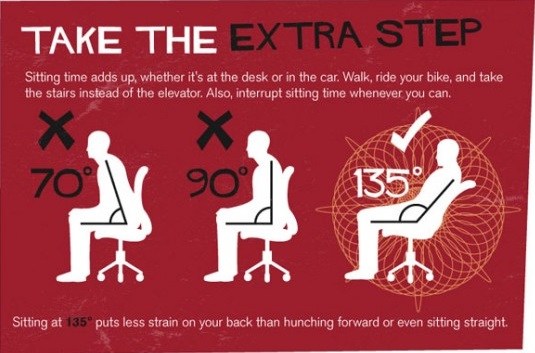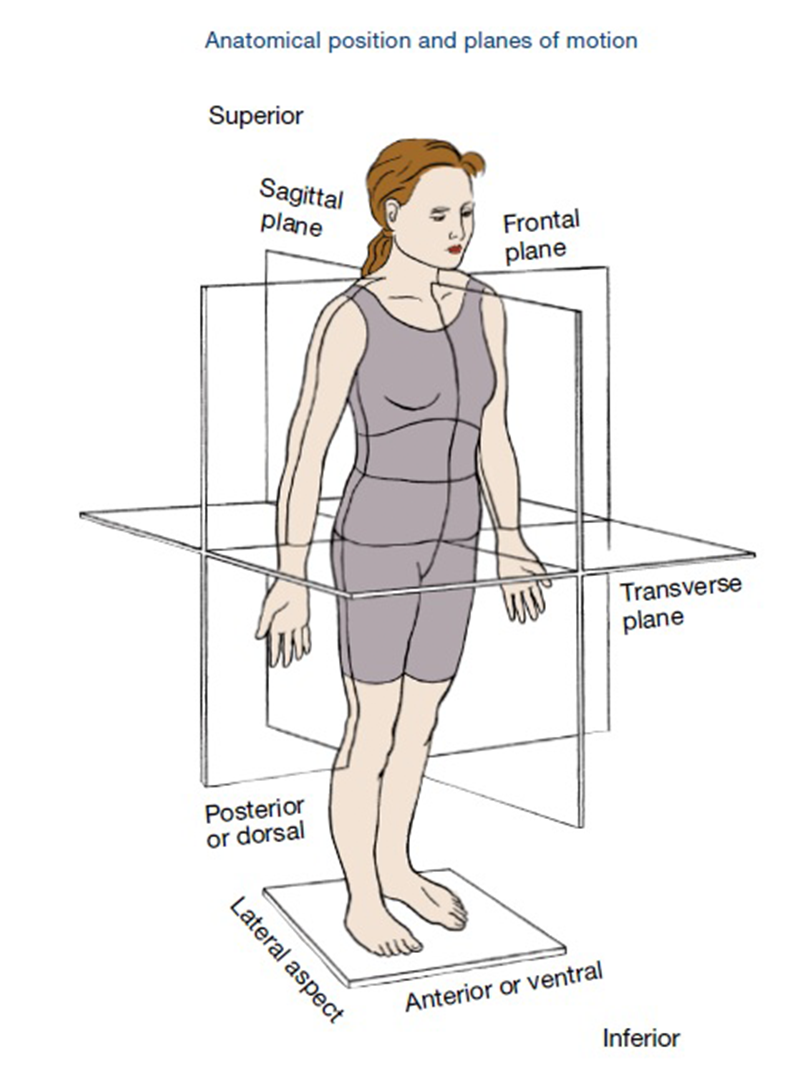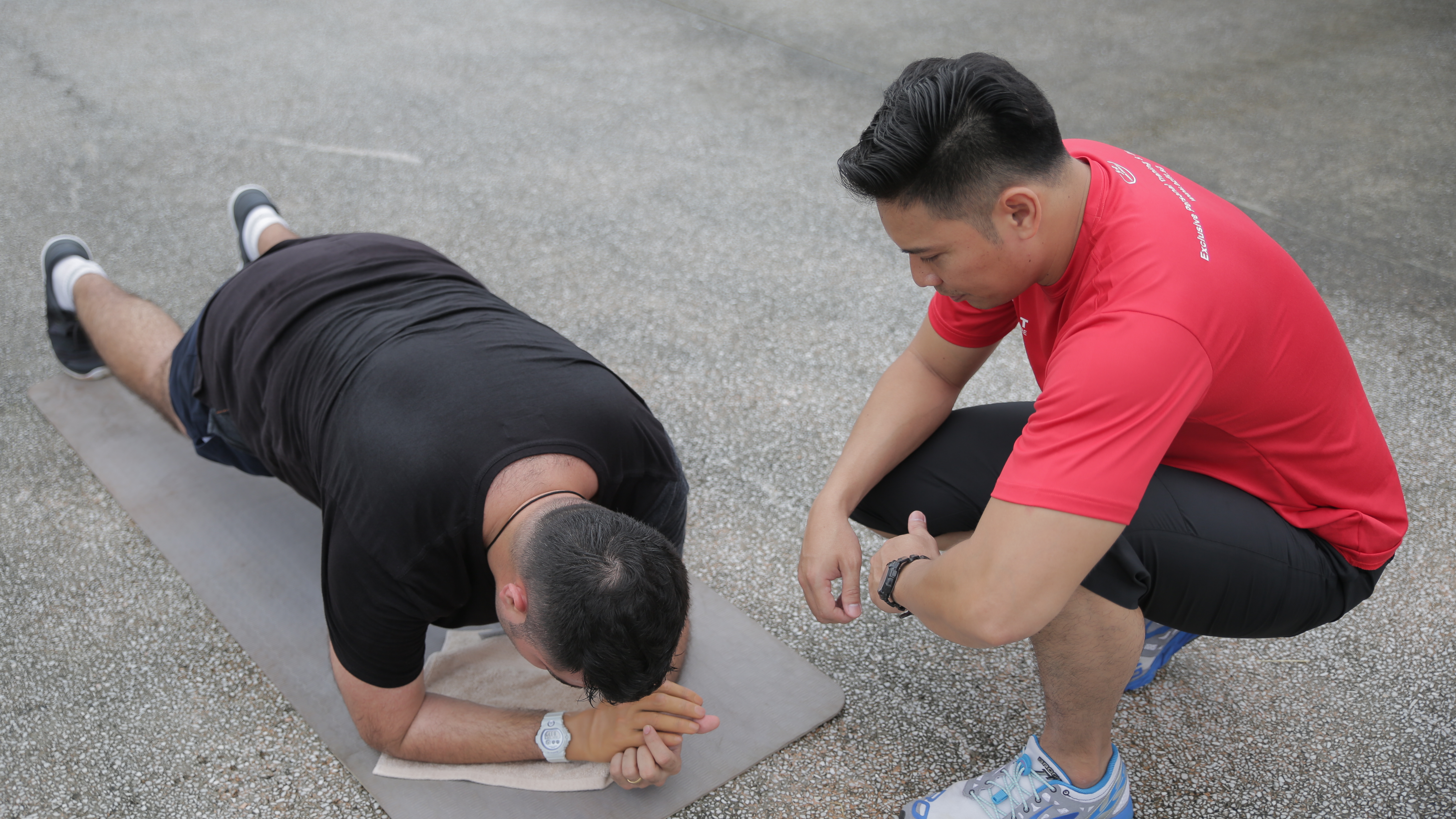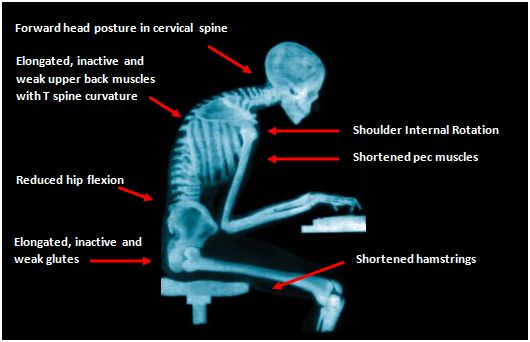Singapore ranks among the highest in the world for body and head pain, according to the 2017 GSK Global Pain Index which surveyed 19,000 adults across 32 countries. About 85 percent of 500 Singaporeans surveyed reported having experienced head and body pain, with four in 10 suffering body pain every week. The statistics of pain are not just attributed to an aging population, statistics of more cases of knee arthritis plaguing young and active Singaporeans have been on the rise as well.

However, there are hidden muscle groups in our bodies that are under-utilised and sadly in the case of a population growing ever sedentary, completely switched off. For many Singaporeans, the muscles in the hip complex are not triggering, which becomes a major cause of concern, affecting people across all ages and walks of life.
As the growing number of patients suffering from chronic pain from and without exercise increases, it becomes clearer that a postural check is becoming as important as a health check, and that having a good trainer, who knows the exercises you need to guide you along is the way forward.
Unfortunately, Singaporeans are not as aware of their health as they would like to think. The issues and problems that eventually result in chronic pain are often compounded, and people only get aware of it when pain and discomfort comes and doesn’t go away. Here are some things we can do today to address pain before you feel it and to see how a postural check is essential in helping the muscles in the hip complex.
Understanding the hip complex
The muscles in the hip complex are part of the human kinetic chain, when strong and mobile, it helps to relieve pressure from your lower back & knee joints (two of the most problematic joints), minimising the chance of injuries.
There is a wide range of movement that is available to our anatomy. In the case of the hip complex, understanding the range of motion that you have is important.
People tend to be stronger in front to back movements (sagittal plane) as seen in when we sit down and stand up. We enjoy a similar level of strength through rotational movements (transverse plane) when we get in and out of cars.
However, we are weaker through side-to-side movements (frontal plane) when we engage in more demanding physical activities, such as salsa, or belly dancing. No matter how you look at it, the hip complex is an integral part of many movements that we engage in to get through our day, and the list gets even more detailed.






Facebook Comments